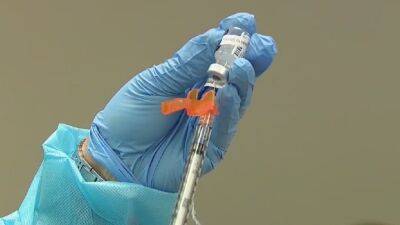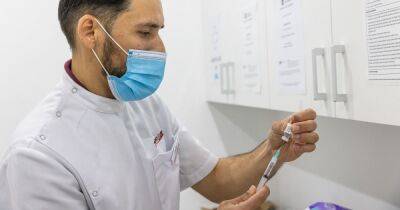Study: Kids spent 20% less time in physical activity amid COVID-19
Children worldwide engaged in moderate-to-vigorous physical activity for an estimated 17 minutes (20%) less a day during the COVID-19 pandemic—a rate that grew to 25% when the study period was longer—reveals an international systematic review and meta-analysis published yesterday in JAMA Pediatrics.University College Dublin researchers led the analysis of 22 international longitudinal studies involving 14,216 children with child- or parent-reported data published from Jan 1, 2020, to Jan 1, 2022.
Median participant age was 10.5 (range, 3 to 18) years, and 51% were boys.Of the 46 independent samples included in the studies, 22 (48%) were from Europe, 8 (18%) from North America, 7 (15%) from South America, 5 (11%) from Asia, 1 each (2%) from the Middle East, Central America, and Australia/New Zealand (2%), and 1 sample reported data from multiple regions.
Between-study heterogeneity was moderate to large.Drop of nearly a third of recommended levelThe duration of daily physical activity amid the pandemic was 20% less (90% confidence interval [CI], -34% to -4%) than prepandemic.
The difference was larger for higher-intensity activity, at -32% (90% CI, -44% to -16%), for a 17-minute drop in daily moderate-to-vigorous physical activity.The 17-minute difference "represents a reduction of almost one-third of the daily dose of moderate-to-vigorous physical activity recommended for young children (~3-5 years) and school-going children and adolescents (~5-18 years) to promote good physical health and psychosocial functioning," the researchers wrote.An even larger difference (37%) was seen among participants living at higher latitudes (90% CI, -1% to 89%) and in studies with a longer interval between physical-activity evaluations
Read more on cidrap.umn.edu













































